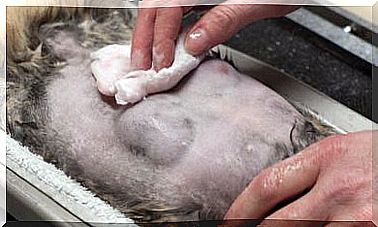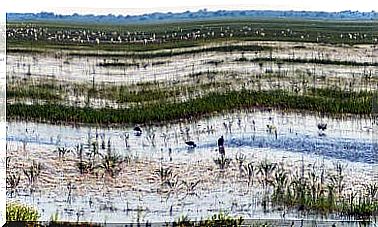Ocean Currents – How Do They Affect Marine Fauna?
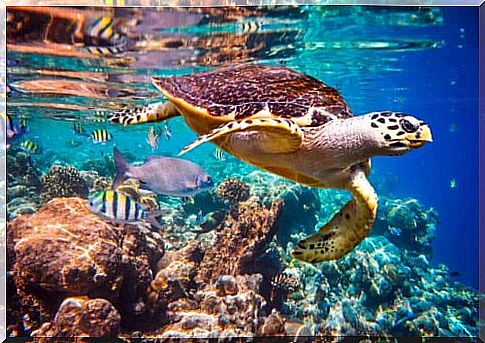
Certain areas of the oceans have high numbers and great diversity of animals. This is a consequence of certain ocean currents. In addition, it is also the result of all the ecological and trophic factors that contribute to the various ecosystems. The more food a water current supplies, the more the marine fauna naturally reproduces.
But what is the phenomenon that creates this explosion of life? How is marine fauna related to ocean currents ? Read on below to learn more about the topic.
The ocean as a production conveyor belt and its secrets
In our oceans there is a system of ocean currents that circulate water across the planet. This process, known as thermohaline circulation, is one of the main driving forces behind ecosystems as we know them.
This is a relatively complex phenomenon. However, we can think of it as a giant conveyor belt made of water powered by the sun. First, the sun heats the water near the equator. Due to the rotation of the earth and its inclination, this warm water then moves west and north. In other words, towards the colder water.
This is the case with the well-known Gulf Stream, whose warm waters give Europe the relatively warm and humid climate that it has given its geographical latitude.
These warm currents slow down and sink when they meet the colder waters of the polar regions. As they sink, these huge masses of water move in (roughly) the opposite direction to the warm current, creating a continuous water circulation in the oceans.
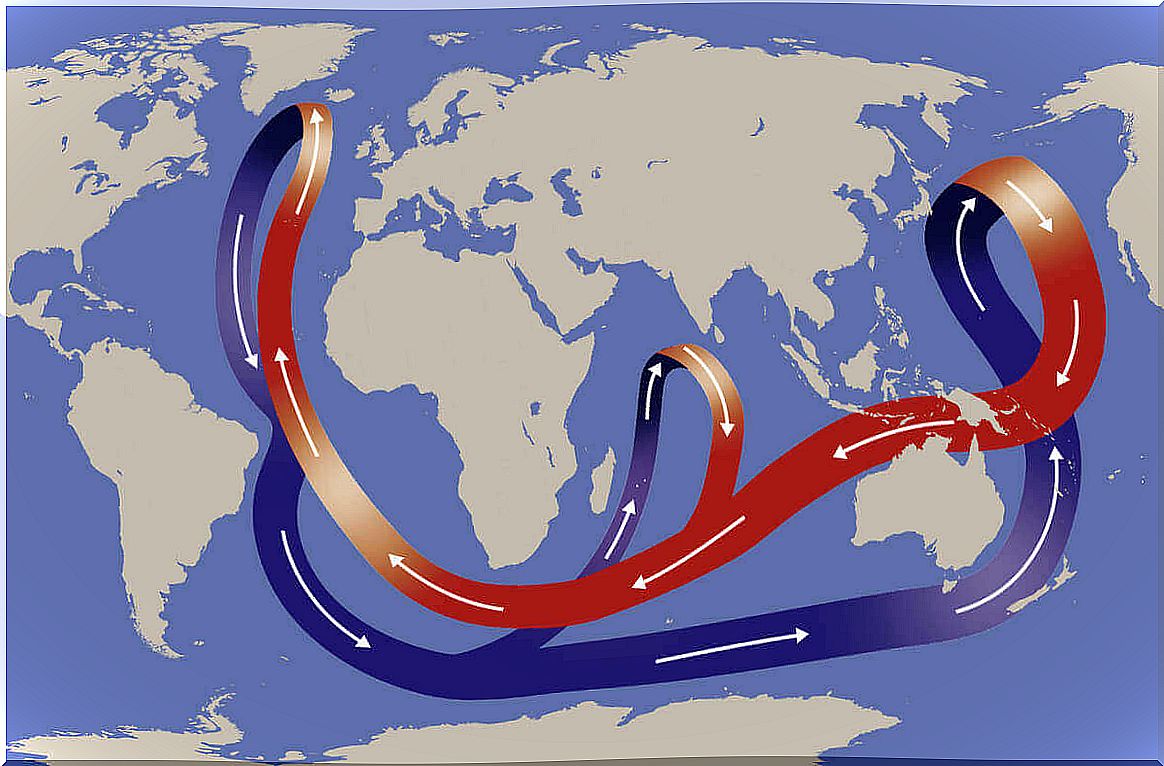
Ocean currents determine life in the seas
This movement of water creates a multitude of climatic and ecological peculiarities. This is because the temperature of the coastal waters has a tremendous impact on the marine fauna that can develop there.
Now that we have studied the phenomenon of ocean currents and we also know what creates it, we can see that there are two types of currents in the oceans. On the one hand cold, deep currents and on the other hand warm, superficial currents.
This will help us understand the phenomenon that causes an enormous amount of fish, cephalopods (like octopus) and shellfish to accumulate in one particular place: cold buoyancy.
What are upwelling areas?
On the left side of the continents, some cold currents run parallel to the coast, often associated with a gust of wind. And this wind current interacts with the sea water. The result is a physical phenomenon that causes the deep water of the current to rise to the surface near the coast.
But what makes these cold springs so attractive for marine life? We’ll go into this in more detail in the following section.
The relationship between buoyancy and marine fauna
The enormous diversity of life forms in the ocean makes it very difficult to explain in general terms the phenomena that affect marine life.
However, all the organisms that live in the world’s seas and oceans have one thing in common: when they die, their remains sink to the ocean floor. Therefore, biological remains of small and large animals accumulate in this ecological section and can be used.
The rising or buoyancy of cold water pushes these nutrients into areas closer to the surface. This is where plankton comes in, tiny invertebrates that form the basis of the oceans food chain. The plankton use the nutrients in these upwelling areas to increase their population, as numerous studies have shown.
And of course, this increase in the population of the plankton also benefits the rest of the food chain. This includes all types of larger organisms, such as fish or arthropods such as crabs, spider crabs or lobsters.
This upwelling phenomenon brings the nutrients from the sea floor back into circulation, creating areas where the marine fauna is immensely rich and diverse.
The reason for the numerous fishing grounds
This phenomenon is of course the reason that certain areas of the seas and oceans are extremely rich in fish. The coasts of Chile and Peru are a preferred place for fishing, as there are huge schools of fish, the existence of which depends on these cold waters.
The same thing happens in the North Atlantic, for example on the coasts of Galicia (Spain), which are known for the quality and quantity of their seafood.
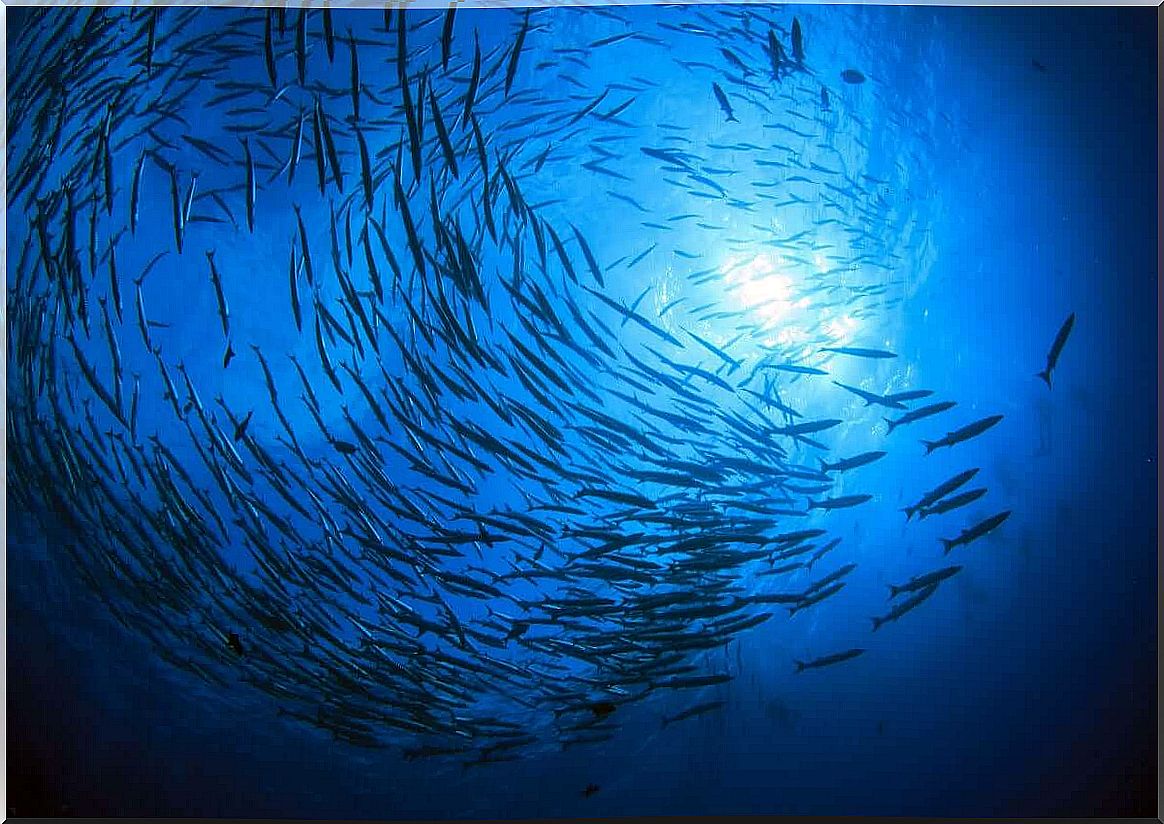
Ocean currents and climate change
The ocean currents therefore have a decisive influence on the aquatic fauna in a certain area. In addition, these currents also have a major impact on our climate and ecosystems.
As you may know, the melting of the poles caused by global warming can severely affect the flow of the Gulf Stream, with catastrophic consequences for the climate. Consequently, it is up to all of us to prevent the earth from warming any further in order to prevent the complete collapse of ecosystems.




